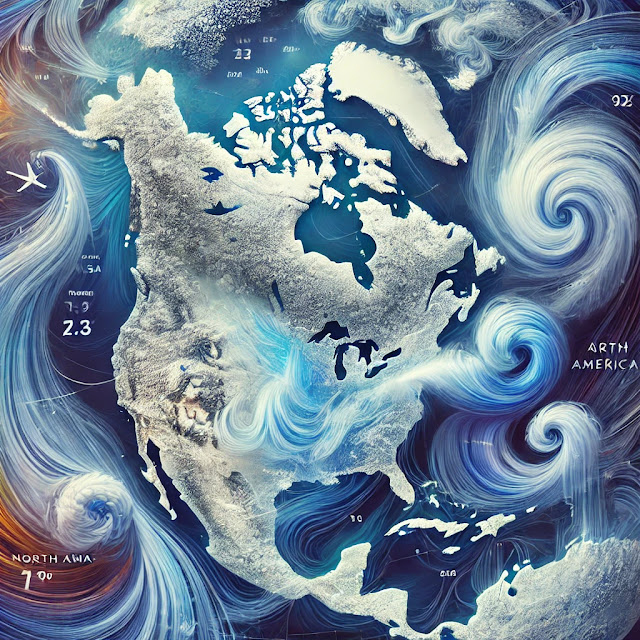Extreme Cold Warning in the United States: The Science Behind the Deep Freeze

This blog focuses on the articles based on science and technology. By reading this articles you would definitely develop interest in science. This articles would be only for educational purposes and would help you in knowing new tech things also with your studies , if you are science student.

Earthquake, any sudden shaking of the ground caused by the passage of seismic waves through Earth’s rocks. Seismic waves are produced when some form of energy stored in Earth’s crust is suddenly released, usually when masses of rock straining against one another suddenly fracture and “slip.” Earthquakes occur most often along geologic faults, narrow zones where rock masses move in relation to one another. The major fault lines of the world are located at the fringes of the huge tectonic plates that make up Earth’s crust. (See the table of major earthquakes.)
Little was understood about earthquakes until the emergence of seismology at the beginning of the 20th century. Seismology, which involves the scientific study of all aspects of earthquakes, has yielded answers to such long-standing questions as why and how earthquakes occur.
About 50,000 earthquakes large enough to be noticed without the aid of instruments occur annually over the entire Earth. Of these, approximately 100 are of sufficient size to produce substantial damage if their centres are near areas of habitation. Very great earthquakes occur on average about once per year. Over the centuries they have been responsible for millions of deaths and an incalculable amount of damage to property.
It is estimated that around 500,000 earthquakes occur each year, detectable with current instrumentation. About 100,000 of these can be felt. Minor earthquakes occur nearly constantly around the world in places like California and Alaska in the U.S., as well as in El Salvador, Mexico, Guatemala, Chile, Peru, Indonesia, Philippines, Iran, Pakistan, the Azores in Portugal, Turkey, New Zealand, Greece, Italy, India, Nepal and Japan. Larger earthquakes occur less frequently, the relationship being exponential; for example, roughly ten times as many earthquakes larger than magnitude 4 occur in a particular time period than earthquakes larger than magnitude 5. In the (low seismicity) United Kingdom, for example, it has been calculated that the average recurrences are: an earthquake of 3.7–4.6 every year, an earthquake of 4.7–5.5 every 10 years, and an earthquake of 5.6 or larger every 100 years.[34] This is an example of the Gutenberg–Richter law.
The number of seismic stations has increased from about 350 in 1931 to many thousands today. As a result, many more earthquakes are reported than in the past, but this is because of the vast improvement in instrumentation, rather than an increase in the number of earthquakes. The United States Geological Survey estimates that, since 1900, there have been an average of 18 major earthquakes (magnitude 7.0–7.9) and one great earthquake (magnitude 8.0 or greater) per year, and that this average has been relatively stable.In recent years, the number of major earthquakes per year has decreased, though this is probably a statistical fluctuation rather than a systematic trend. More detailed statistics on the size and frequency of earthquakes is available from the United States Geological Survey (USGS). A recent increase in the number of major earthquakes has been noted, which could be explained by a cyclical pattern of periods of intense tectonic activity, interspersed with longer periods of low intensity. However, accurate recordings of earthquakes only began in the early 1900s, so it is too early to categorically state that this is the case.
Most of the world's earthquakes (90%, and 81% of the largest) take place in the 40,000-kilometre-long (25,000 mi), horseshoe-shaped zone called the circum-Pacific seismic belt, known as the Pacific Ring of Fire, which for the most part bounds the Pacific Plate. Massive earthquakes tend to occur along other plate boundaries too, such as along the Himalayan Mountains.
With the rapid growth of mega-cities such as Mexico City, Tokyo and Tehran in areas of high seismic risk, some seismologists are warning that a single quake may claim the lives of up to three million people.
Comments
Post a Comment